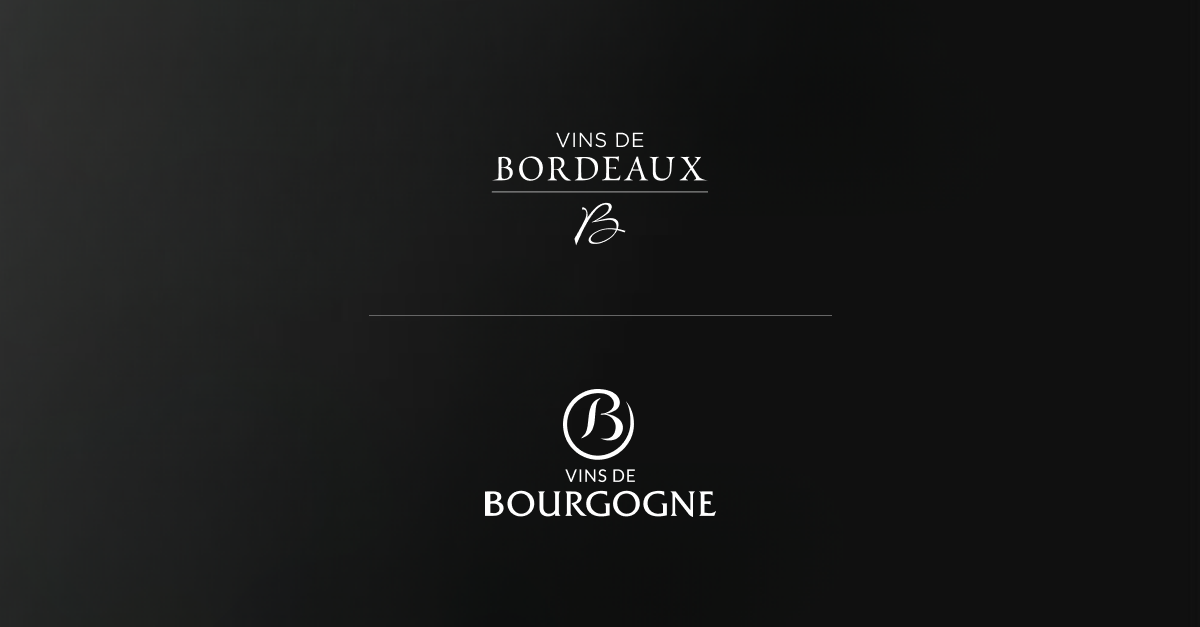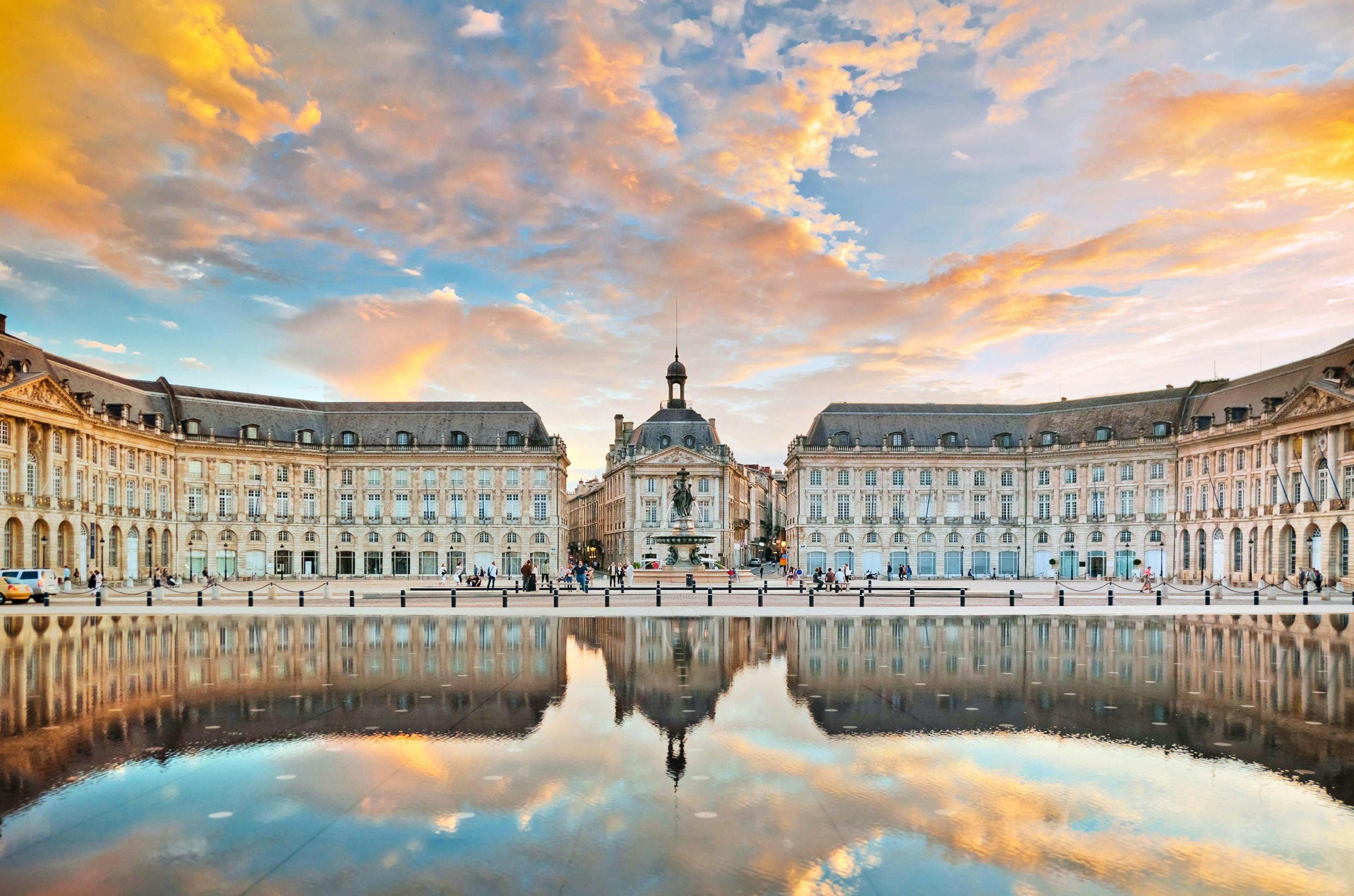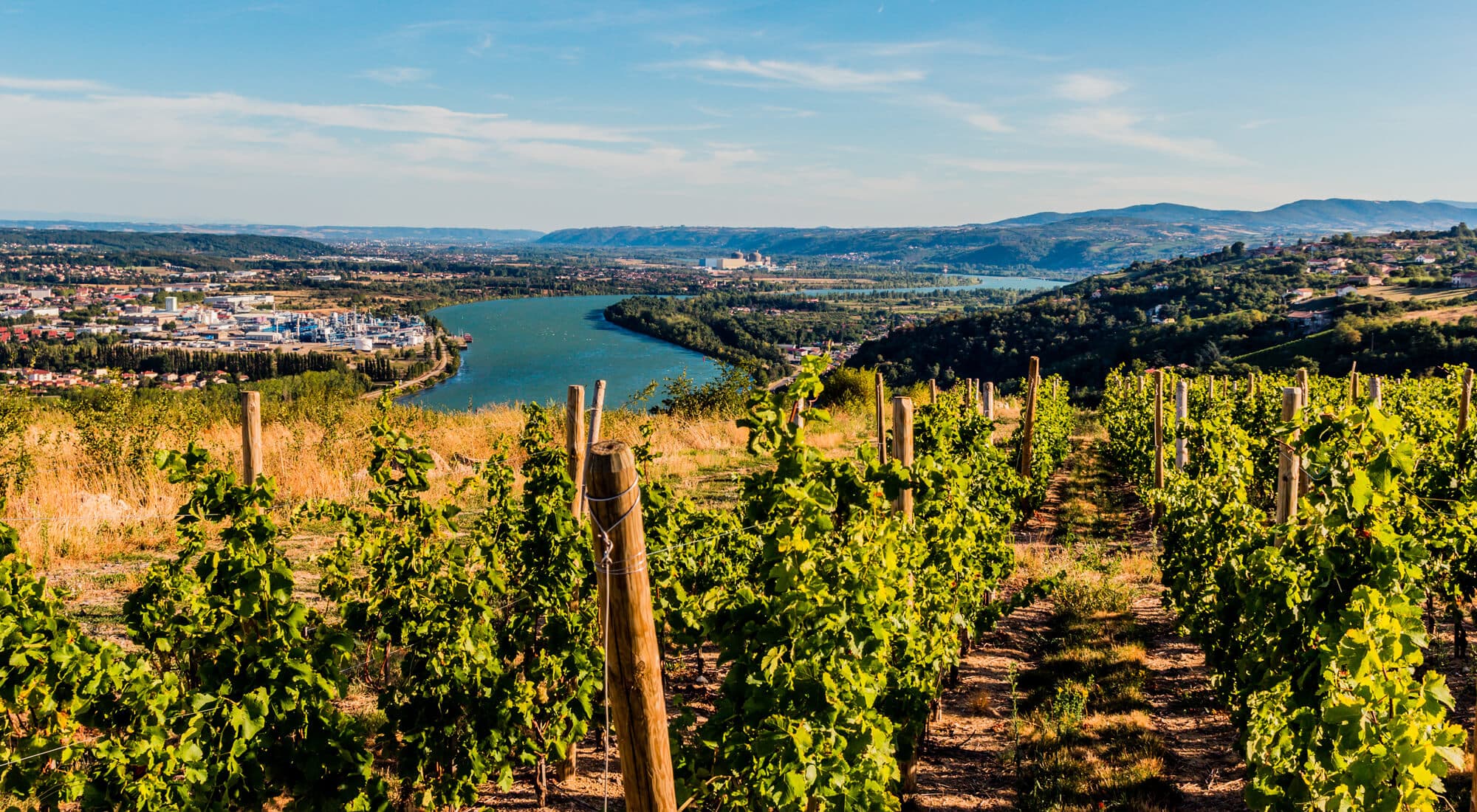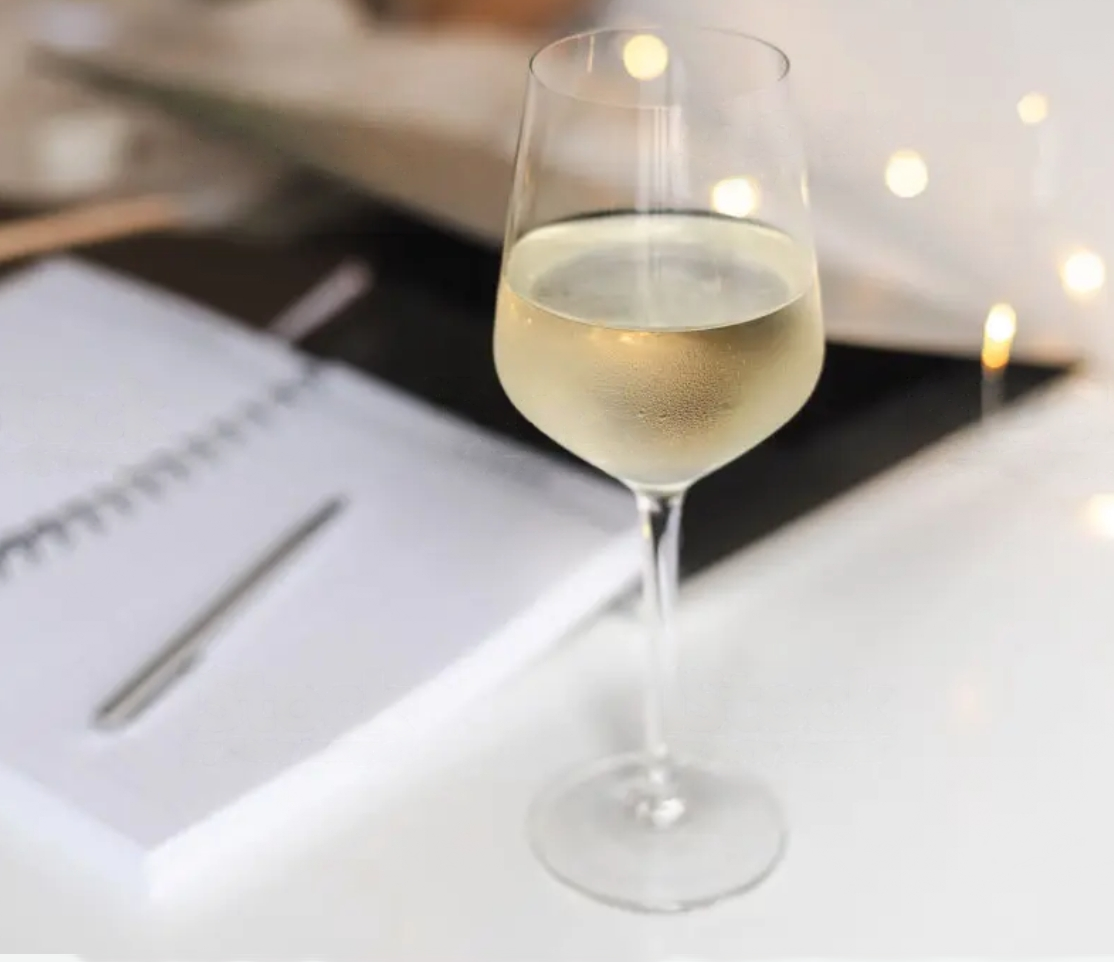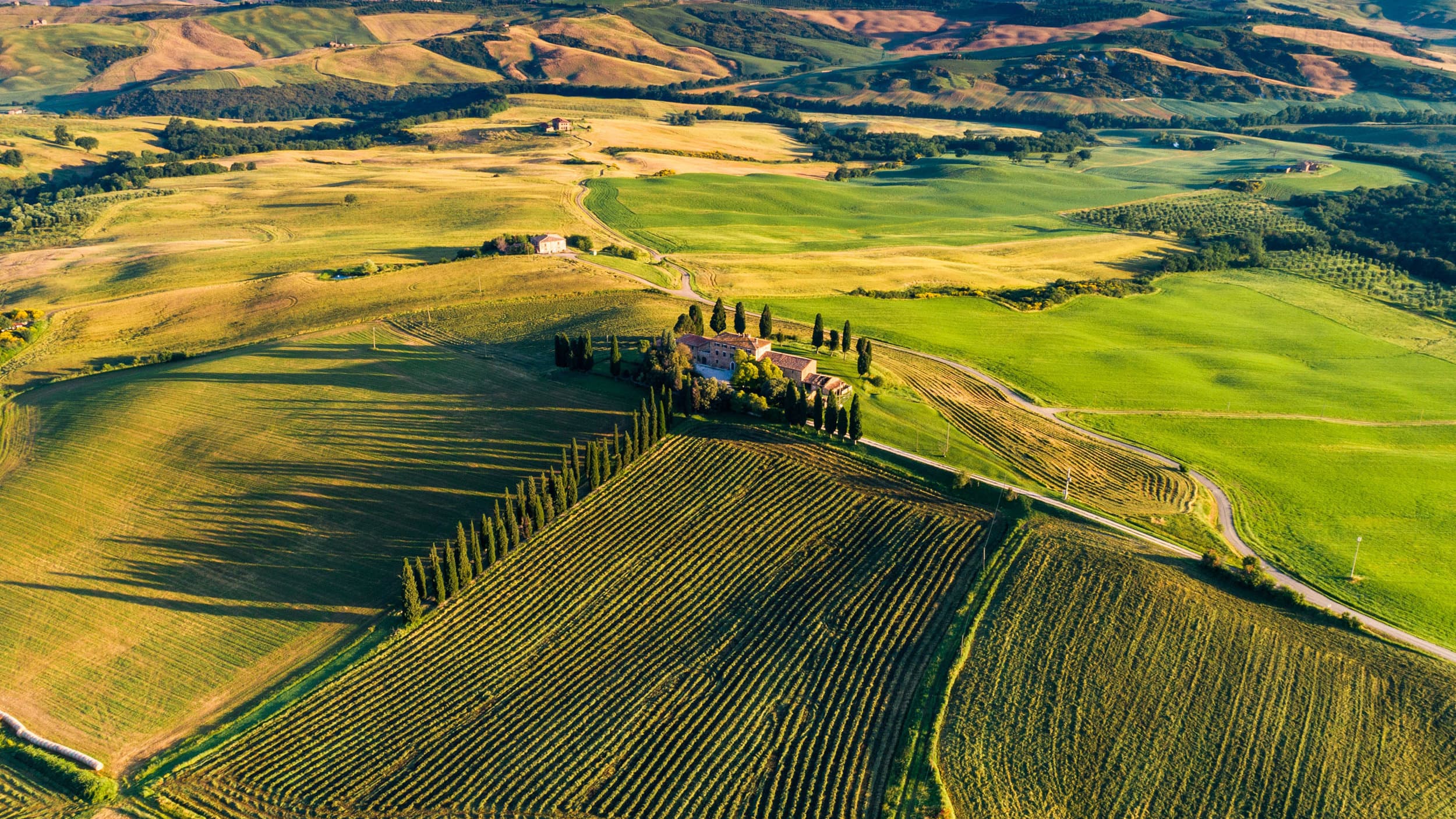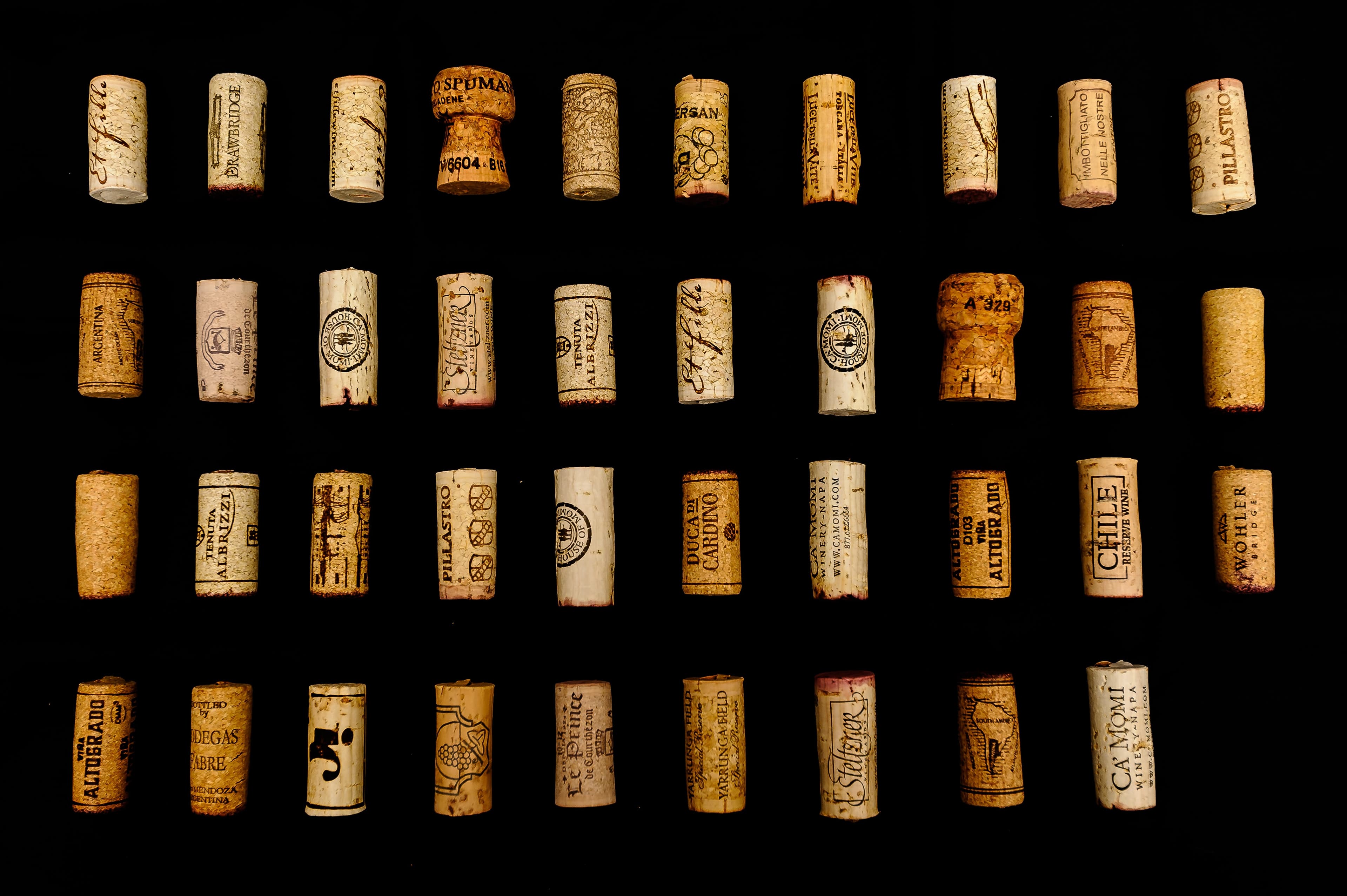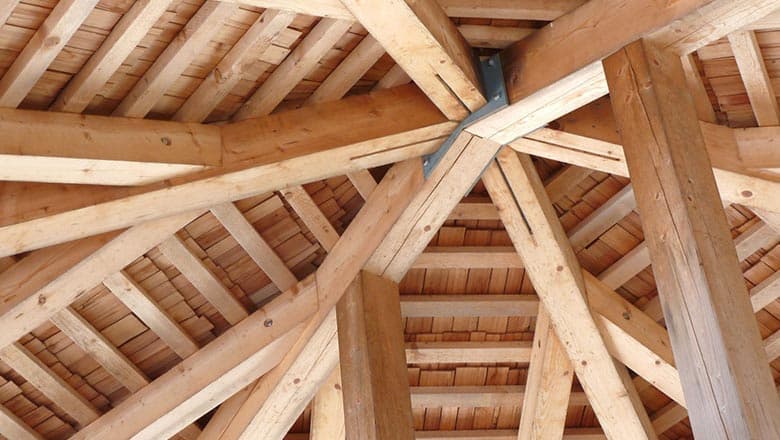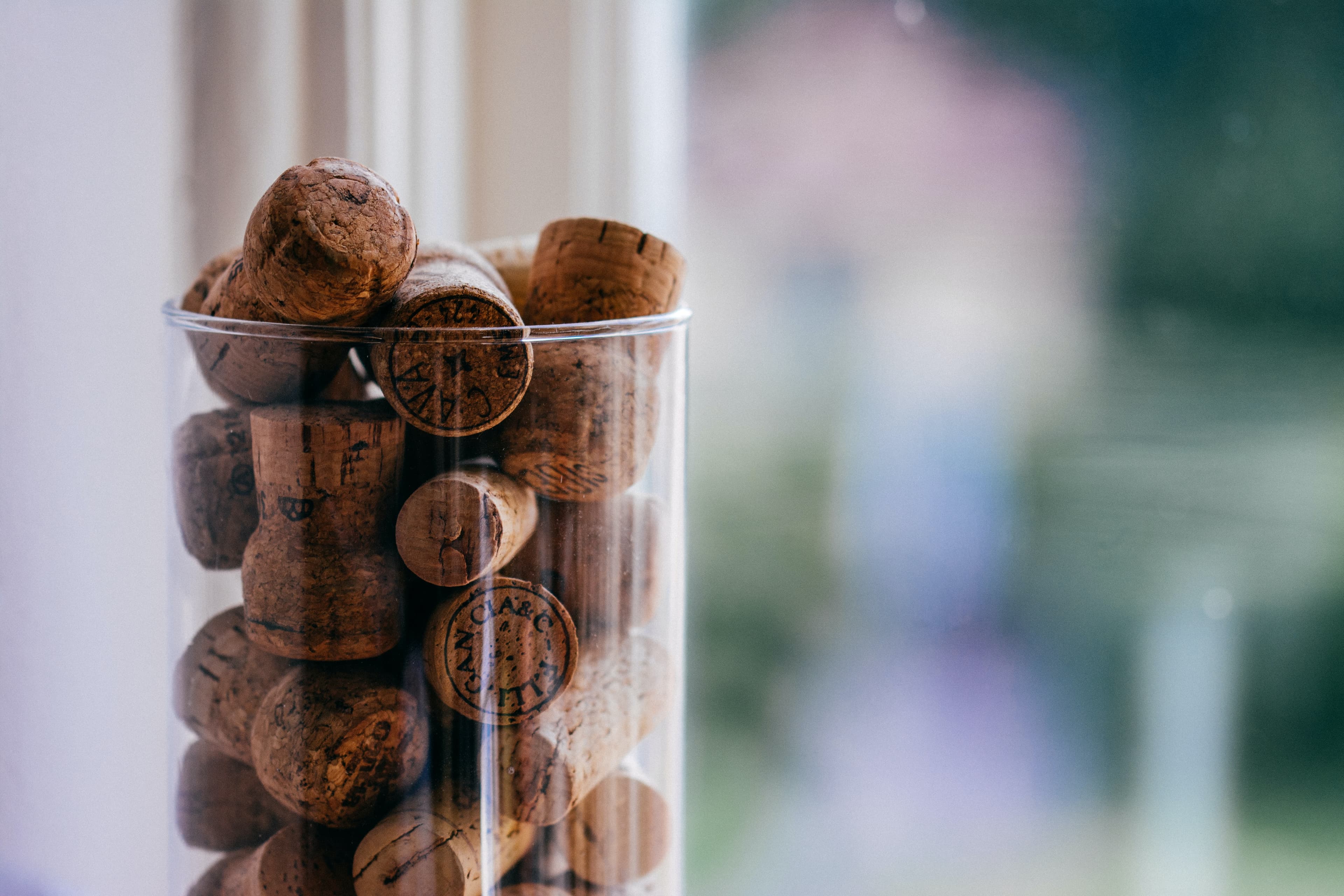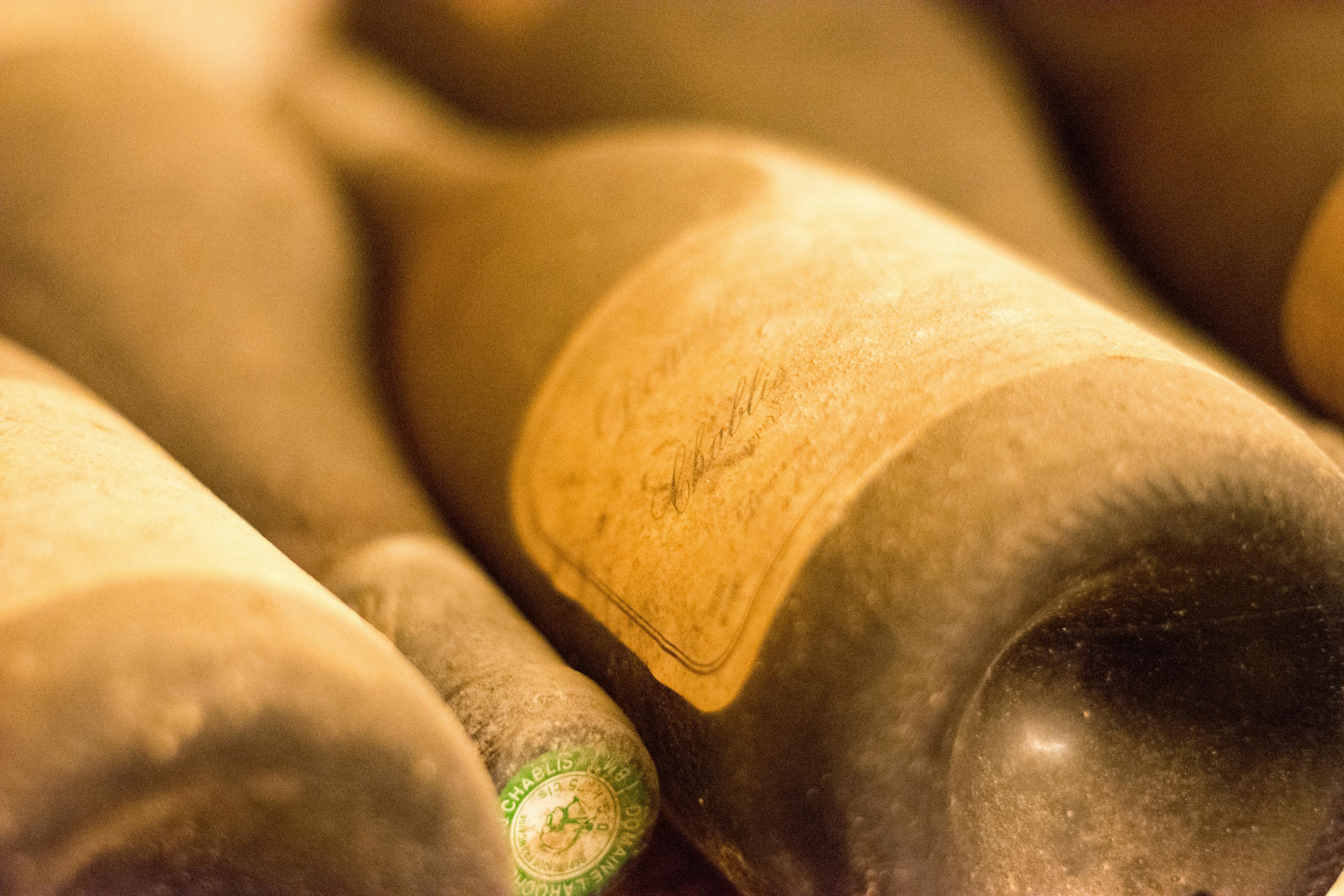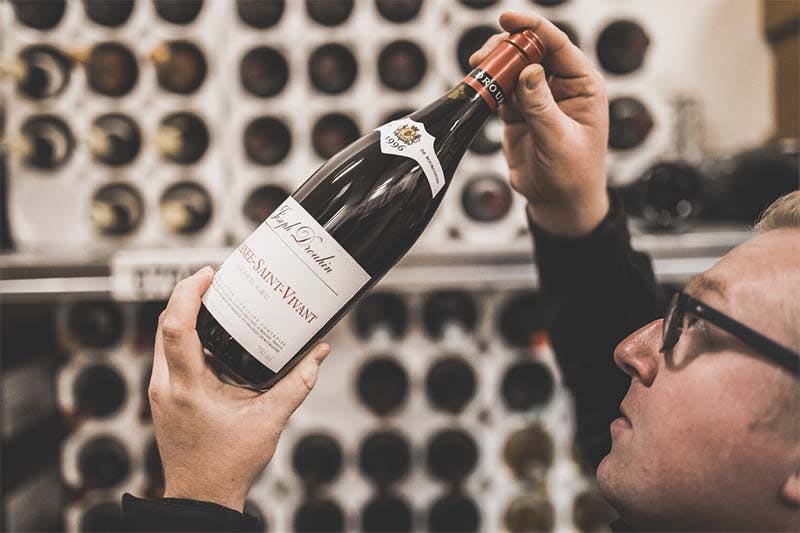The Classification of Bordeaux Wines: History, Evolution & Controversies
10 min read
Head of Content

The classification of Bordeaux wines is a fascinating subject that intertwines history, tradition, and economic stakes. For over a century and a half, this system has shaped the reputation and value of Bordeaux's great wines, profoundly influencing the global wine market.
The Origins of the Bordeaux Classification
The classification of Bordeaux wines has its roots in a particular historical context, marked by the rise of international trade and the desire to promote French wines on the global stage.
The Historical Context of 1855
In 1855, Napoleon III organized the Exposition Universelle in Paris, a showcase intended to present the best of French industry and agriculture. In this context, he asked the Bordeaux Chamber of Commerce to establish an official classification of the wines from the region. This imperial request marks the starting point of a system that would profoundly influence the wine world for over a century and a half.
The Initial Selection Process
The task of classifying the wines was entrusted to the Syndicat des Courtiers en Vins de Bordeaux. These professionals, accustomed to evaluating and negotiating wines, relied on their in-depth market knowledge to establish a hierarchy of crus. Their work focused primarily on the red wines of the Médoc, with the notable exception of Château Haut-Brion in Graves.
The Criteria for Classification at the Time
Contrary to what one might think, the 1855 classification did not rely on a blind tasting of the wines. The main criterion used was the selling price of the wines over several decades. This approach assumed that price reflects the established quality and reputation of the estates. Thus, the wines were divided into five categories, from Premier Cru to Cinquième Cru Classé, based on their market value.
An interesting anecdote concerns Château Mouton Rothschild. Initially classified as Deuxième Cru, it narrowly missed the Premier Cru status due to a slight price difference. This perceived "injustice" would fuel a long campaign for its promotion, which would only be realized more than a century later.
The Evolution of the Classification Over Time
Although designed as a snapshot of the market in 1855, the Bordeaux classification has proven remarkably stable over the decades, despite changes in the vineyard and the wine market.
Major Changes Since 1855
The rigidity of the 1855 classification is one of its most striking features. In nearly 170 years, it has seen only one major modification: the promotion of Château Mouton Rothschild to Premier Cru Classé in 1973. This exceptional stability reflects both the initial relevance of the classification and the difficulty of evolving it.
The Iconic Case of Château Mouton Rothschild
The story of the promotion of Château Mouton Rothschild has become legendary in the wine world. For decades, Baron Philippe de Rothschild waged a relentless campaign to have the quality of his wine recognized and to obtain Premier Cru status. His motto, "Premier ne puis, second ne daigne, Mouton suis," reflected this ambition.
Finally, in 1973, after years of lobbying and constant quality improvement, Mouton Rothschild achieved its promotion, becoming the only major change in the 1855 classification. This historic decision was made by Jacques Chirac, then Minister of Agriculture, and sparked extensive discussions in the wine world.
The promotion of Mouton Rothschild was controversial at the time and continues to be debated. Some viewed it as legitimate recognition of the wine's exceptional quality, while others perceived it as influenced by the power and wealth of the Rothschild family.
It is undeniable that the Rothschild family had political connections and considerable influence. However, several factors suggest that this promotion was not solely a matter of money or friendship:
Wine Quality: Since the 1920s, under the leadership of Baron Philippe de Rothschild, the quality of the wine had significantly improved. Mouton Rothschild was already considered by many experts to be on par with the Premier Crus.
Innovations: The estate had introduced several innovations, such as bottling at the château from 1924, a practice that became the norm for great wines.
International Reputation: Mouton Rothschild had gained a global reputation, with its prices on the secondary market often rivaling those of the Premier Crus.
Support from Professionals: The promotion received backing from many wine professionals, including other classified estate owners.
Historical Precedents: Although rare, there were precedents for changes in other French wine classifications.
Nonetheless, the fact that this promotion was decided by ministerial decree rather than a complete revision of the classification fueled criticism. Some saw this decision as a form of political favoritism.
Ultimately, the promotion of Mouton Rothschild illustrates both the rigidity of the 1855 classification and the pressures for its evolution. It highlights the complex issues—wine quality, prestige, economic and political influence—that underpin the classification of Bordeaux wines.
Other Classification Systems in Bordeaux (Saint-Émilion, Graves)
Alongside the 1855 classification, other systems have emerged in Bordeaux. The Saint-Émilion wine classification, established in 1955, stands out for its periodic revisions (initially every ten years), allowing for adjustments to the ranking based on the qualitative evolution of the estates.
The Graves classification, created in 1953, also concerns both red and white wines produced in this region. Unlike the historical classification based on a rigid system like that established in 1855 for the Médoc and Sauternes, these classifications are more flexible and allow producers to be regularly evaluated.
These different systems illustrate not only the complexity but also the diversity of the Bordeaux wine landscape, where each region has developed its own process to showcase its best wines.
Controversies and Criticisms of the System
Despite its prestige and lasting influence, the Bordeaux system is not exempt from criticism and controversy.
The Question of Objectivity in Classification
One of the main criticisms aimed at the classification is its lack of objectivity and rigidity. Based on historical prices rather than an organoleptic assessment of current wines, this system sometimes perpetuates outdated hierarchies where certain estates remain under-classified despite their qualitative progress.
The case of Château Pontet-Canet illustrates this issue well. Classified as Cinquième Cru in 1855, despite its quality today often being compared to that of Premier Crus, it reflects a perceived inequality in this system that is frozen in time.
Read also : "Great Bordeaux châteaux to know****"
The Economic Stakes of Classification
The classification has a significant economic impact on the estates concerned. A high status generally leads to higher prices and increased demand for these classified crus. This economic reality has sometimes led to misunderstandings or even animosity among producers.
In 2012, for example, the Saint-Émilion classification was the subject of a legal battle after several declassified châteaux contested the results. This case highlighted the considerable financial stakes tied to this classification as well as its direct impact on the revenue generated by these wine properties.
Challenges Facing Market and Viticultural Practice Evolutions
The wine world has evolved since 1855, with the emergence of new trends related to organic or biodynamic practices, as well as a growing interest in natural wines. These changes pose a major challenge to the traditionally rigid system established by the Bordeaux classification.
The rise of "garage wines" in the 1990s also challenged this classic model; these small producers managed to create high-quality wines without going through traditional classifications, disrupting established hierarchies.
The Classification Today: Relevance and Impact
Despite these persistent criticisms regarding its objectivity or current relevance in light of contemporary developments in the French or international wine world, it continues to exert significant influence on the market, both in France and internationally.
Influence on Prices and Perception of Wines
The status attributed by this classification remains a determining factor for the prices set as well as for their perception among consumers or potential collectors interested in these classified great wines. Indeed, a classified wine generally sells for more than an unclassified wine of similar quality.
For example, according to Wine Lister, a site specializing in financial assessments of various types/categories of wines, it has been shown that a classified cru trades for about 20% more than a similar unclassified wine. This phenomenon underscores how this hierarchy continues to directly influence the entire commercial dynamic linked to the wine sector.
Role in Marketing and Promotion of Bordeaux Wines
This classification also plays a crucial role in the marketing and promotional efforts concerning various types/categories of wines primarily, but not exclusively, from Bordeaux. Indeed, it provides consumers, especially those from outside France, with an easily identifiable benchmark to navigate within a complex offering.
The great classified crus are often used as ambassadors representing the entire wine region; their prestige naturally reflects on the whole appellation concerned. For example, during the Primeurs week organized each year in Bordeaux, where new vintages are presented, these great crus immediately attract the attention of the media and potential buyers, sometimes from very far away.
Comparison with Other Classification Systems (Burgundy, Champagne)
Comparing Bordeaux with other wine regions also highlights the specific characteristics of each. In Burgundy, for example, the system is more focused on terroirs rather than individual producers. Appellations are ranked according to Grands Crus, Premiers Crus, village, and then regional, reflecting the Burgundian philosophy centered around specific climates or parcels.
Champagne, on the other hand, adopts a different approach; the Grands Crus/Premiers Crus system applies to villages rather than individual producers. This demonstrates the diversity of approaches regarding various classifications applied in France.
These differences underline the richness and diversity of approaches adopted concerning the structural organization related to French wine production while also providing perspective on the unique character of each region concerned.
Read also : "Bordeaux wine tasting guide****"
The Future of Bordeaux Classification
In light of contemporary challenges, the future of the Bordeaux classification raises many questions. Stakeholders in the Bordeaux wine world are actively reflecting on the evolution of this centuries-old system to adapt it to the realities of the 21st century.
Proposals for Reforming the System
Various reform proposals have been put forward in recent years to modernize the Bordeaux classification system. Some experts suggest introducing periodic revisions, similar to those implemented in Saint-Émilion. These revisions would allow adjustments to the classification to better reflect the qualitative evolutions observed among different estates over time.
In 2020, a working group composed of representatives from the classified crus and the National Institute of Origin and Quality (INAO) was formed to consider the evolution of the existing system. Although no major decisions have yet been made, this initiative reflects an awareness of the need to adapt the classification to contemporary market realities.
Adapting to New Market Trends
The wine market is rapidly evolving, with the emergence of new trends such as organic and biodynamic viticulture, as well as a growing interest in natural wines. These developments pose significant challenges to the rigidity of the traditional classification model.
Some classified estates, like Château Pontet-Canet or Château Palmer, have already adopted biodynamic practices, demonstrating that innovation can coexist harmoniously with tradition. Integrating environmental criteria into future evaluations could be an interesting avenue for modernizing the existing system and making it more relevant in light of current consumer concerns.
Emerging Alternatives to Traditional Classification
Bordeaux vintages offer a fascinating exploration of the winemaking art, where each year brings its own surprises and treasures to discover. Whether you're a passionate enthusiast or a savvy investor, understanding vintages significantly enriches your Bordeaux wine experience.
However, navigating the complex world of Bordeaux vintages can sometimes seem daunting. This is where Rekolt comes in. At Rekolt.io, we don't just sell wine; we offer a true oenological experience. Our carefully curated selection includes bottles from different vintages, including exceptional years and treasures hard to find elsewhere.
Whether you're looking for a great vintage for your cellar or a ready-to-drink wine from a more accessible year, Rekolt offers options suited to all tastes and budgets. Moreover, our experts are here to guide you in your choices, taking into account the specificities of each vintage.
Don't wait any longer to explore the richness of Bordeaux vintages. Visit Rekolt.io today and let us help you discover the perfect vintage for your next tasting or your collection. With Rekolt, each bottle tells the unique story of its birth year.
Share this article
